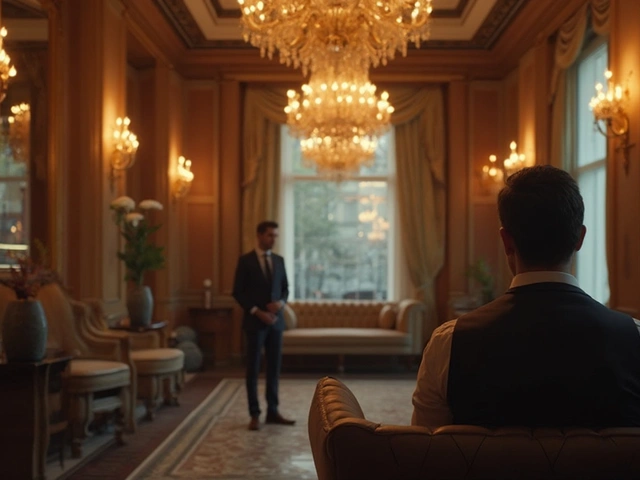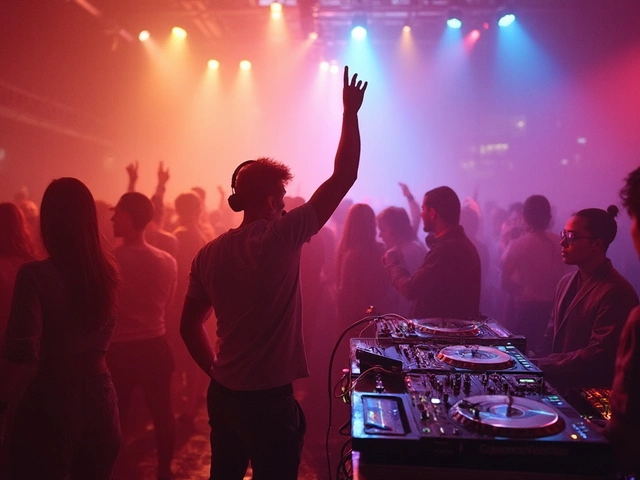Fabric Club History: London's Legendary Underground Dance Venue
When you talk about Fabric, a world-renowned nightclub in Bermondsey, London, known for its uncompromising sound system and dedication to underground electronic music. Also known as Fabric London, it's not just a club—it's a cultural institution that changed how people experience music after dark. Opened in 1999, Fabric didn’t start as a flashy venue. It was born from a basement space with one goal: to let music speak louder than decor. While other clubs chased trends, Fabric stayed true to the rhythm—techno, house, bass, and everything in between. No VIP sections. No bottle service. Just sound, sweat, and people who came to lose themselves in the beat.
Fabric’s influence spread far beyond London. DJs from Berlin to Tokyo named it as a place that defined their sound. Its three rooms—Fabric, FabricLive, and FabricRoom—each had a different vibe, but all shared the same rule: no compromises on audio quality. The system, designed by Martin Rushent, didn’t just play music—it moved your chest. People didn’t just dance there; they remembered every night. You could hear a track for the first time and know, instantly, it was made for this room. That’s why Fabric became a pilgrimage site for electronic music lovers. It didn’t need celebrity guests or themed nights. The music itself was the attraction.
Fabric also became a symbol of resistance. When London’s nightlife faced crackdowns, licensing battles, and rising rents, Fabric stood firm. In 2016, its license was temporarily revoked after a drug-related incident, sparking a city-wide outcry. Thousands signed petitions. Artists like Carl Cox and Nina Kraviz spoke out. The club reopened because the community refused to let it die. That’s the difference between a venue and a legacy. Fabric didn’t just host parties—it held space for a culture that refused to be silenced.
Today, Fabric still operates with the same soul it had in 1999. It’s not the biggest club in London, but it’s the one that shaped the most. Its history is written in the basslines of tracks played there, in the faces of first-time clubbers who found their tribe, and in the DJs who still say, ‘If I can play Fabric, I’ve made it.’ The club doesn’t chase viral moments or Instagram trends. It stays focused on what matters: the music, the space, and the people who show up to feel something real.
Below, you’ll find real stories, deep dives, and firsthand accounts from those who lived this history—whether they were dancing on the floor, mixing tracks behind the decks, or just trying to understand why a basement in Bermondsey became the heartbeat of global dance music.

- Nov 22, 2025
- Posted by Oliver Ashcroft
Fabric Nightclub: London’s Premier Nightlife Destination
Fabric in London is more than a nightclub-it's a legendary venue for underground electronic music, known for its world-class sound system, no-nonsense vibe, and deep roots in the city's music history since 1999.





